The Ephesos Museum in Vienna, located in the Kunsthistorisches Museum (within the “House of Austrian History” collection), established in 1978, showcases artefacts unearthed from Ephesus, primarily through Austrian archaeological efforts that began in the late 19th century.
The exhibition includes monumental sculptures, intricate reliefs, and architectural fragments that convey the grandeur of Ephesus. Notable highlights are the Parthian Monument, a colossal relief frieze that illustrates scenes from the lives of Roman emperors, and statues from the Temple of Artemis, one of the Seven Wonders of the Ancient World. There’s also an impressive display of the temple’s intricate, life-sized column capitals, showing the artistic expertise of ancient sculptors. The Austrian Ephesos collection holds immense historical, cultural, and artistic importance as it preserves and showcases the legacy of Ephesus, one of the most influential cities of the ancient Greek and Roman worlds.
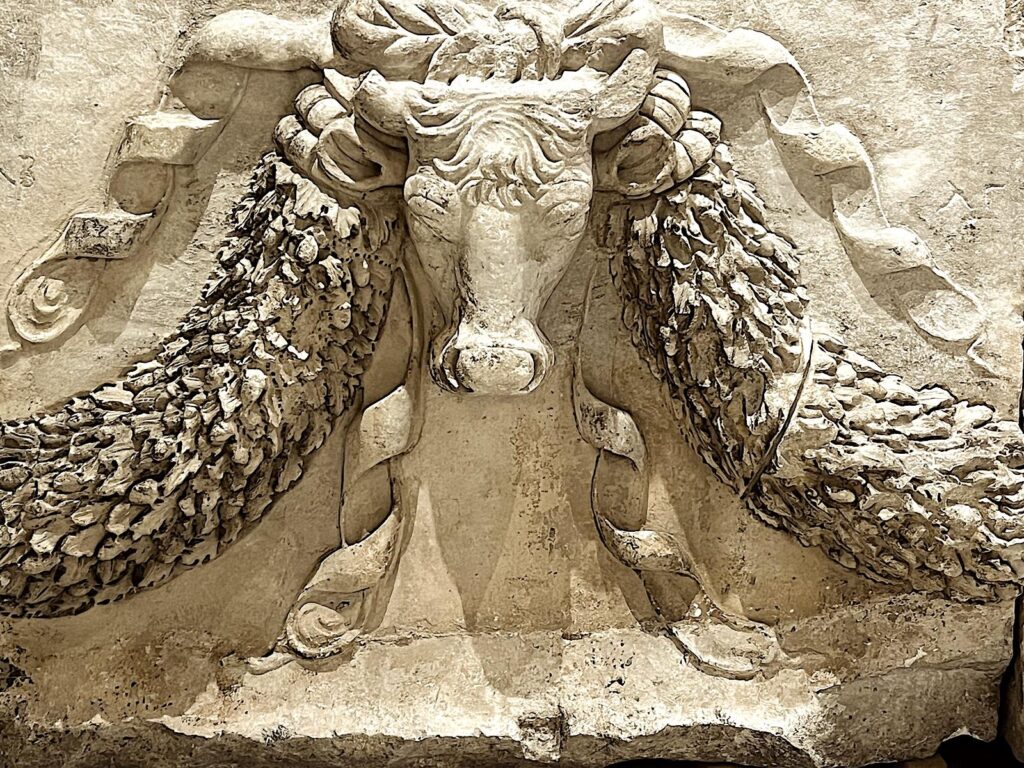
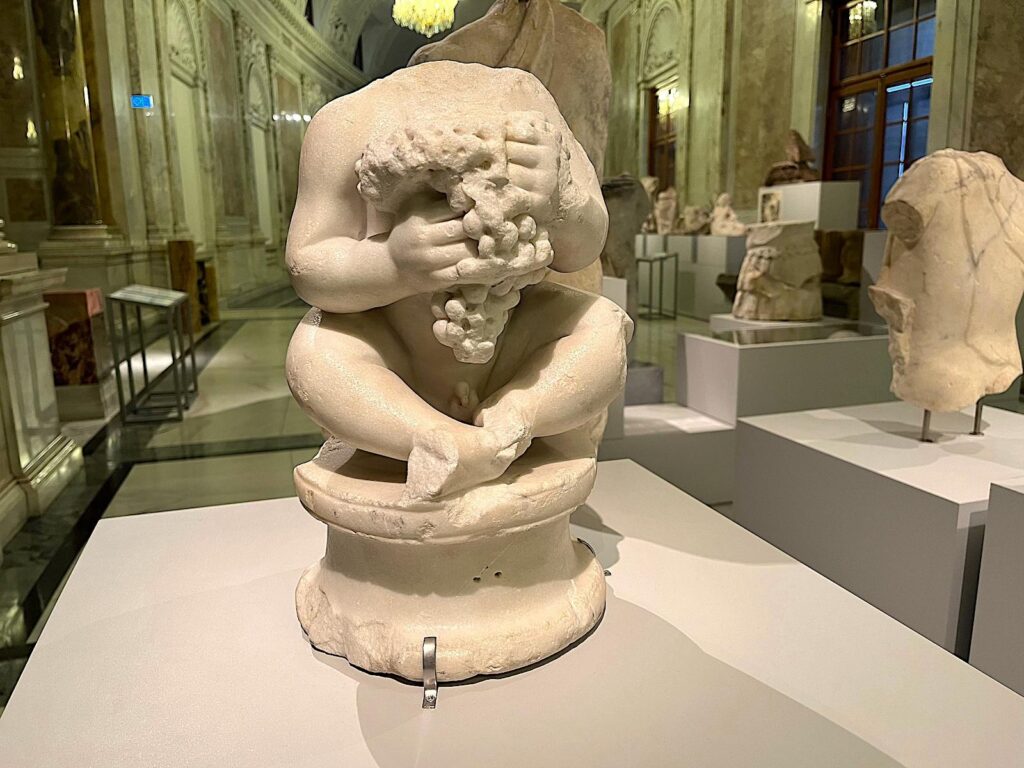
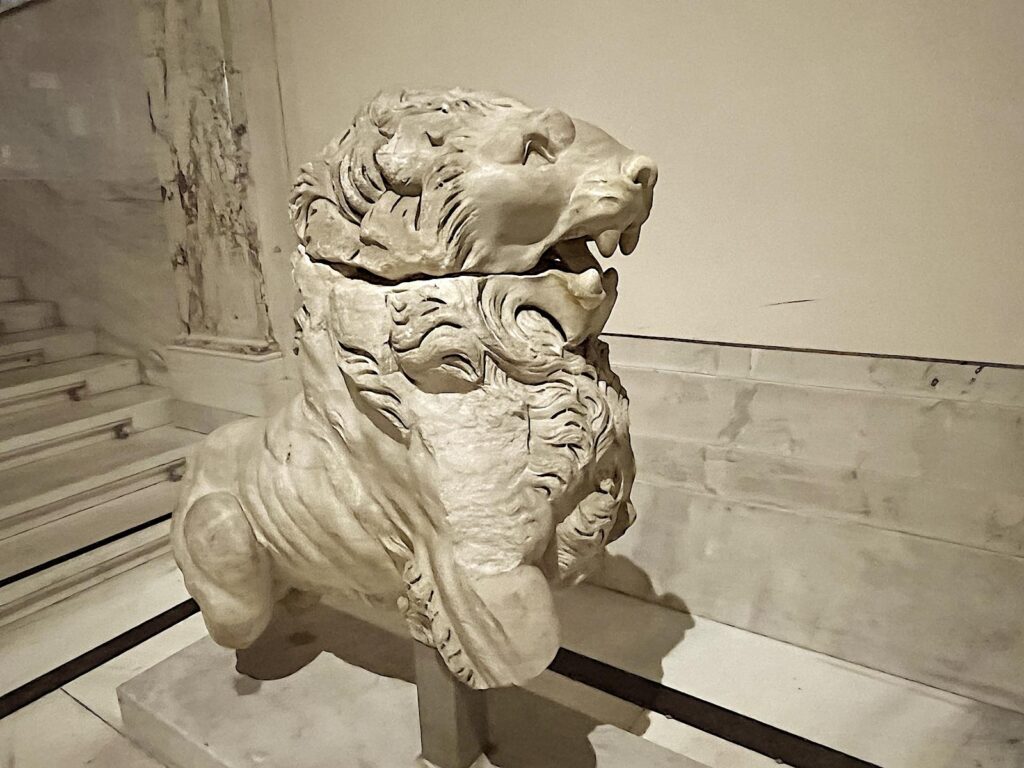
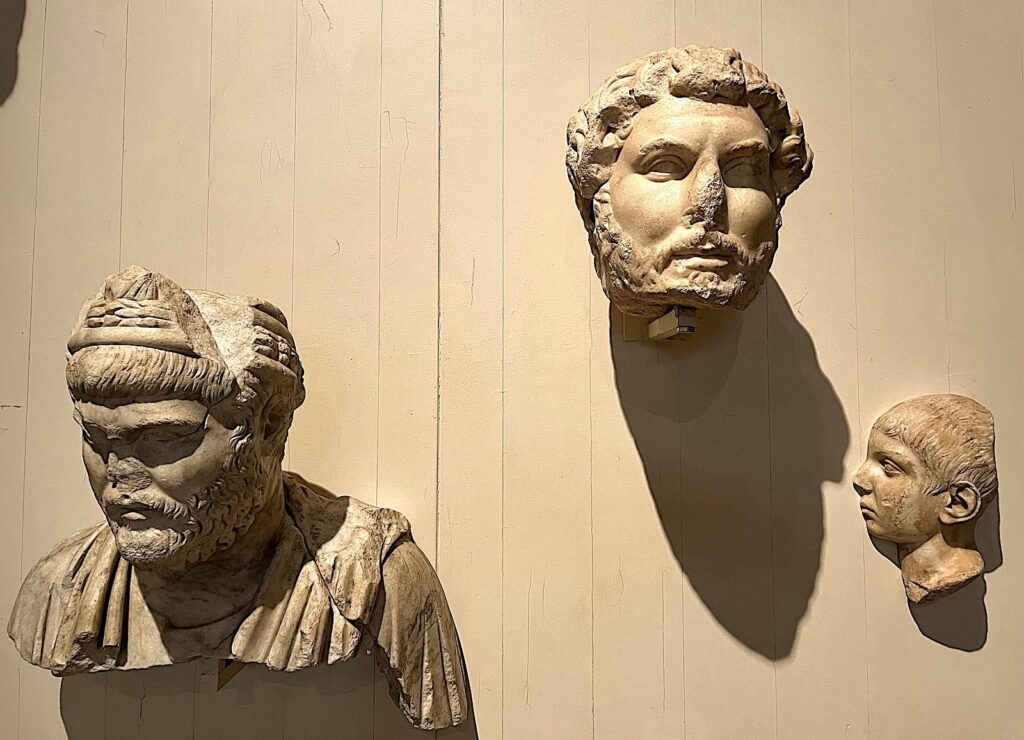
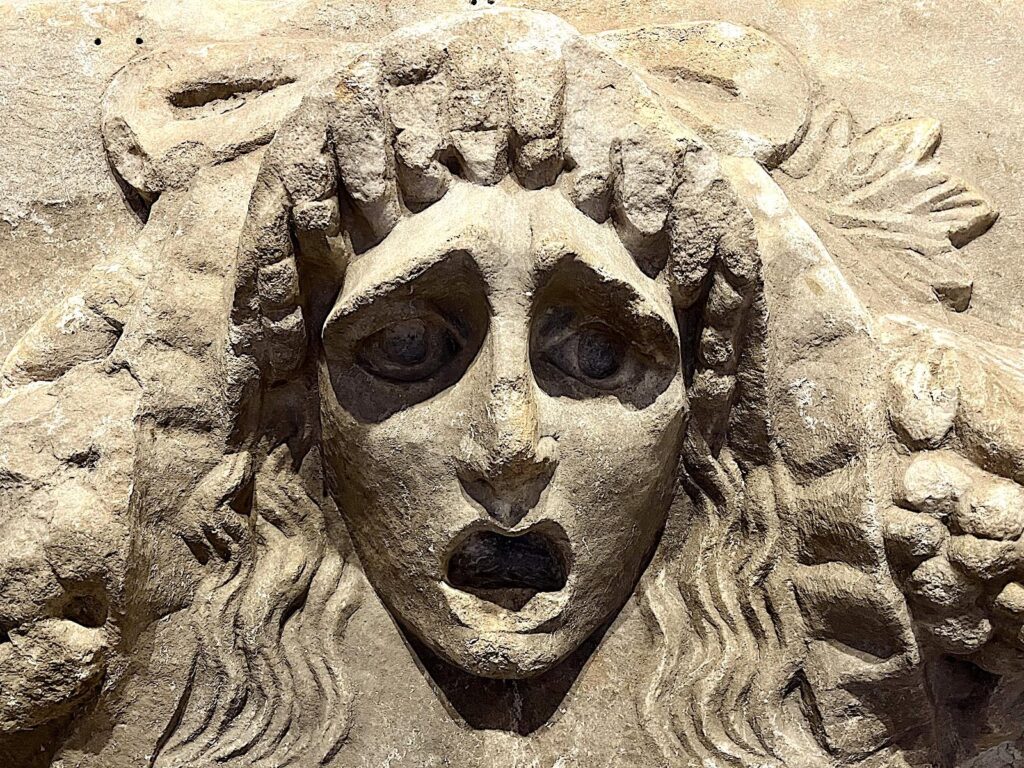
The museum’s collection paints a picture of everyday life, religious practices, and the city’s political influence, with numerous inscriptions, sarcophagi, and fragments from public buildings and monuments.
Ephesos Museum Exhibition in Vienna – Table of Contents
See also: LikeCesme.com – Ephesus Ancient City
The Kunsthistorisches Museum Vienna
Location: Maria-Theresien-Platz, 1010 Wien, Austria. Open: Daily 10:00-18:00 (Thursday until 21:00). Museum’s English Website. House of Austrian History English Website. Entry price €9.00 (November 2024).
The Kunsthistorisches Museum (Museum of Art History) in Vienna is one of the world’s most renowned art museums, celebrated for its extensive and diverse collections. Opened in 1891 by Emperor Franz Joseph I, the museum was designed to showcase the vast art collections of the Habsburg monarchy. Housed in a grand neo-Renaissance building on Vienna’s Ringstrasse, the museum’s architecture and interiors are works of art in their own right, featuring marble staircases, gilded decorations, and frescoed ceilings.
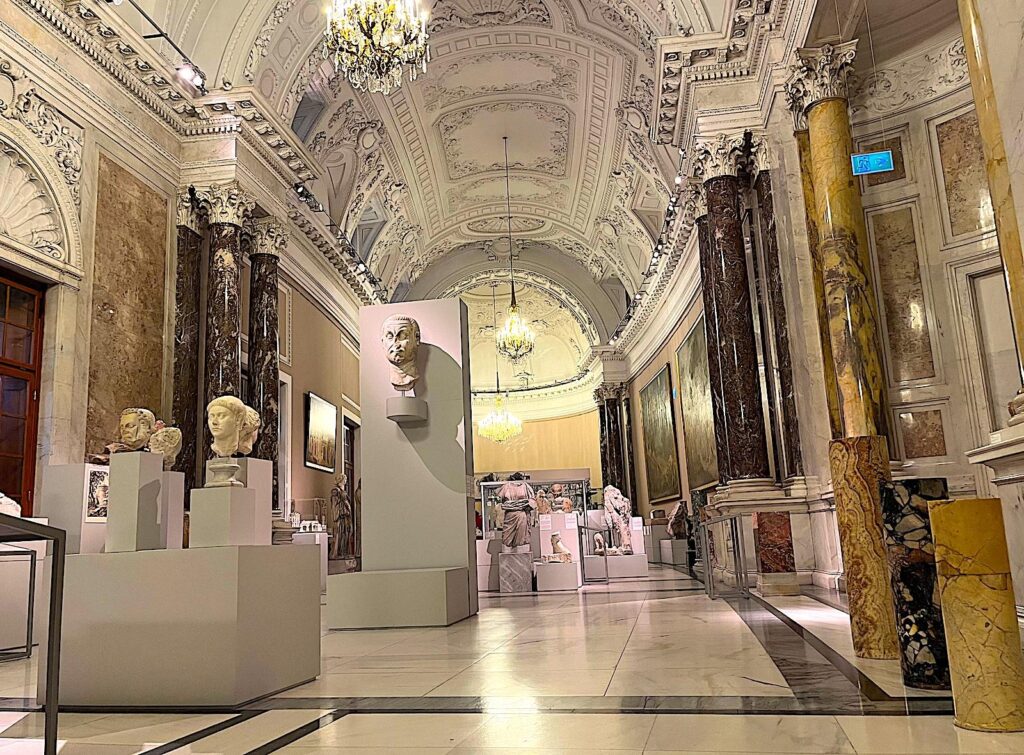
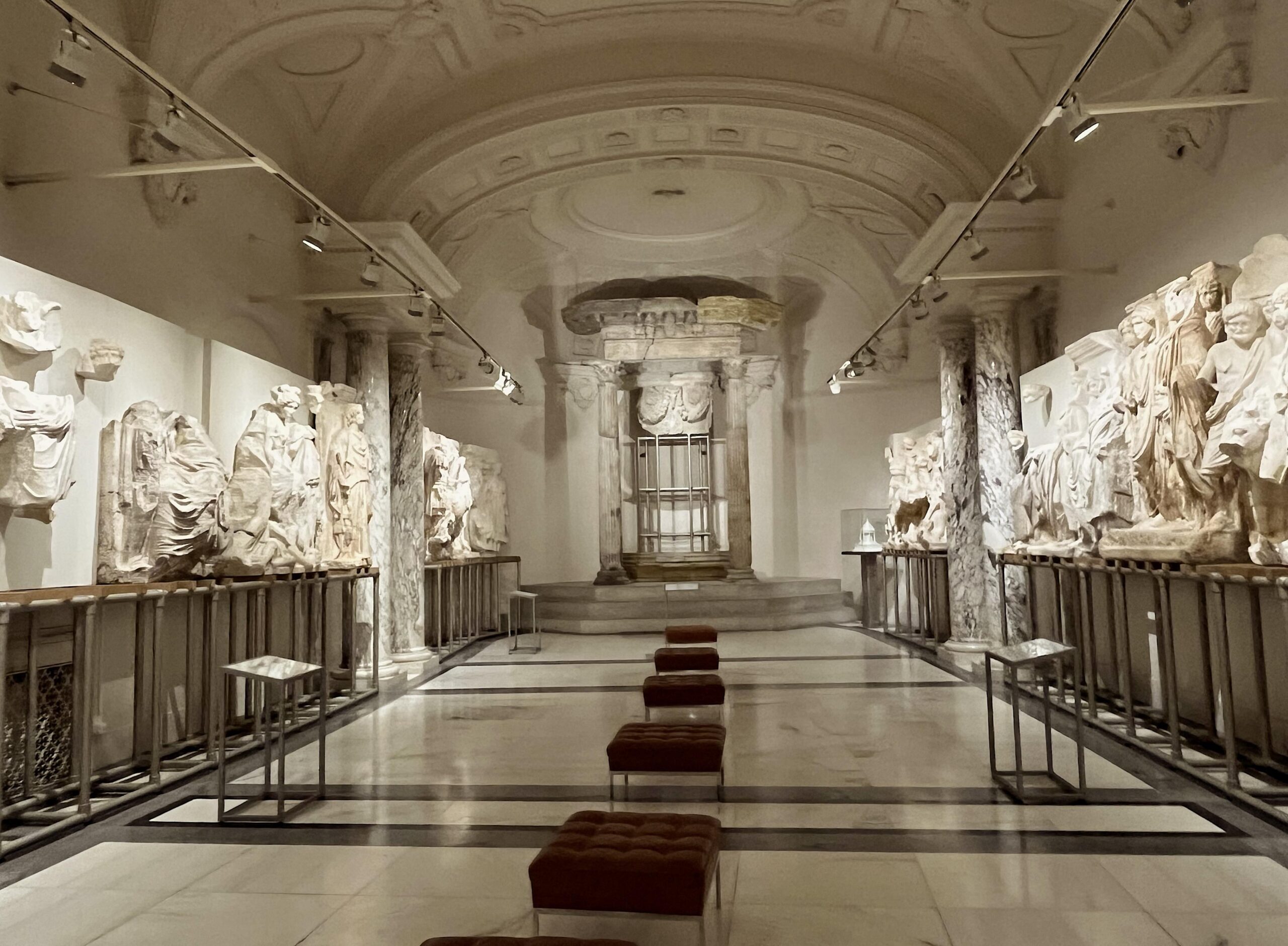
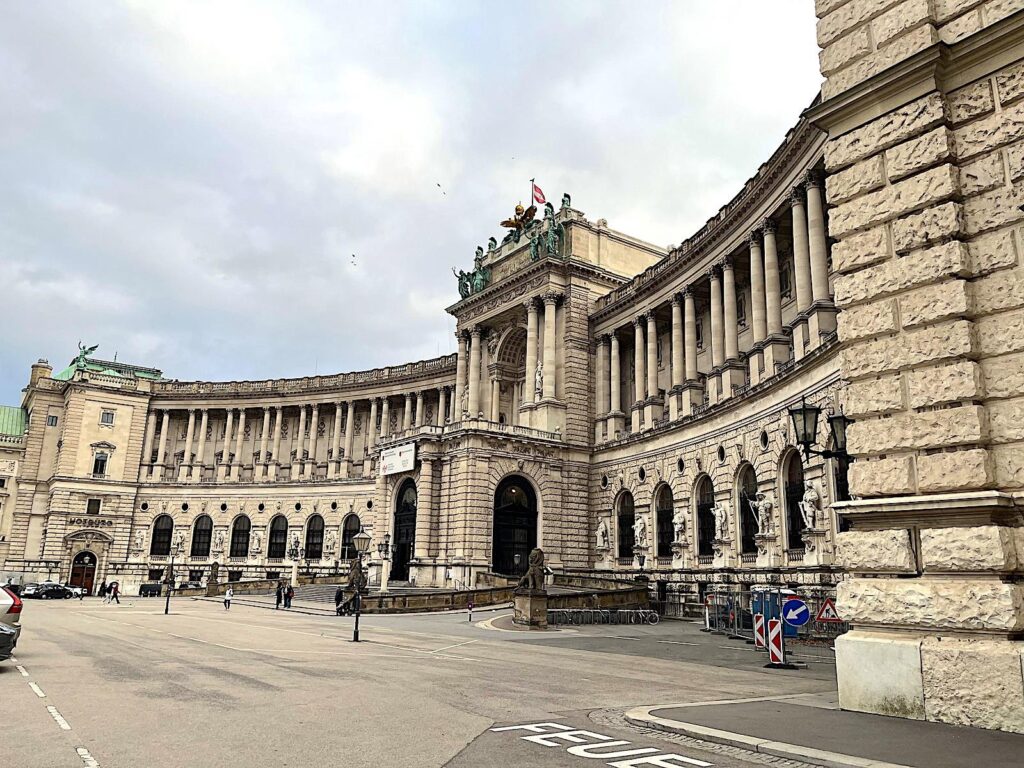
Its collections span from Ancient Egypt to the late 18th century, with highlights including Egyptian antiquities, Greek and Roman sculptures, and an array of paintings by European masters such as Raphael, Vermeer, Titian, Caravaggio, and Velázquez. The museum also boasts the world’s most extensive collection of works by Pieter Bruegel the Elder, including his famous Hunters in the Snow.
History of the Kunsthistorisches Museum Ephesos Collection
In 1895, the Austrian Archaeological Institute, led by archaeologist Otto Benndorf, obtained a permit from the Ottoman Empire to excavate Ephesus. These early digs uncovered a wealth of artefacts, leading to the establishment of a comprehensive collection that would eventually be housed in Vienna. The excavations revealed monumental structures, including the remains of the Temple of Artemis, the Great Theatre, and the Library of Celsus, along with countless statues, reliefs, inscriptions, and more minor artefacts that depicted daily life in the city.
A formal agreement between Austria and the Ottoman Empire allowed certain artefacts from the excavation to be transported to Vienna for study and display. Between 1896 and 1906, seven Austrian archaeological expeditions transported findings to Vienna. In 1907, Abdul Hamid II, the Ottoman Sultan at the time, presented a generous gift to Emperor Franz Joseph: several of the ancient objects that had been discovered were gifted to the Imperial House, allowing them to be exported to join the collections in Vienna. These treasures include the reliefs of the Parthian Monument, Four Virtues of Celsus, the bronze statue of an athlete, and architectural fragments from the Octagon, the theatre, and the Middle Harbour Gate.
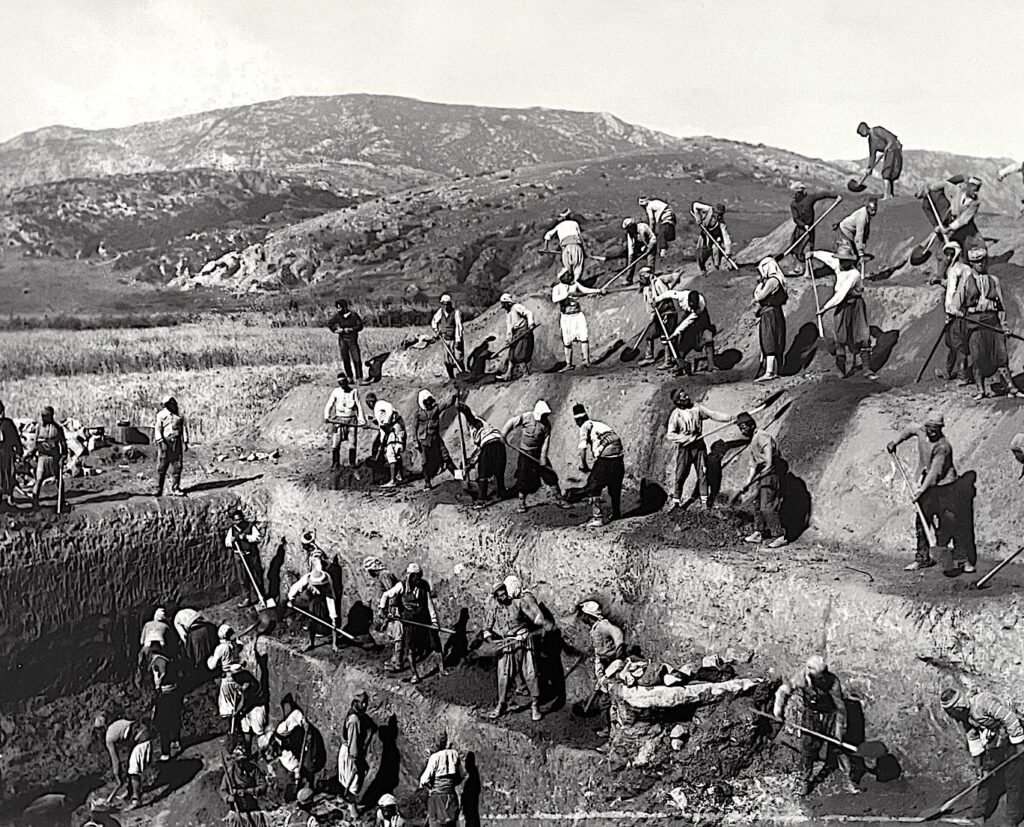
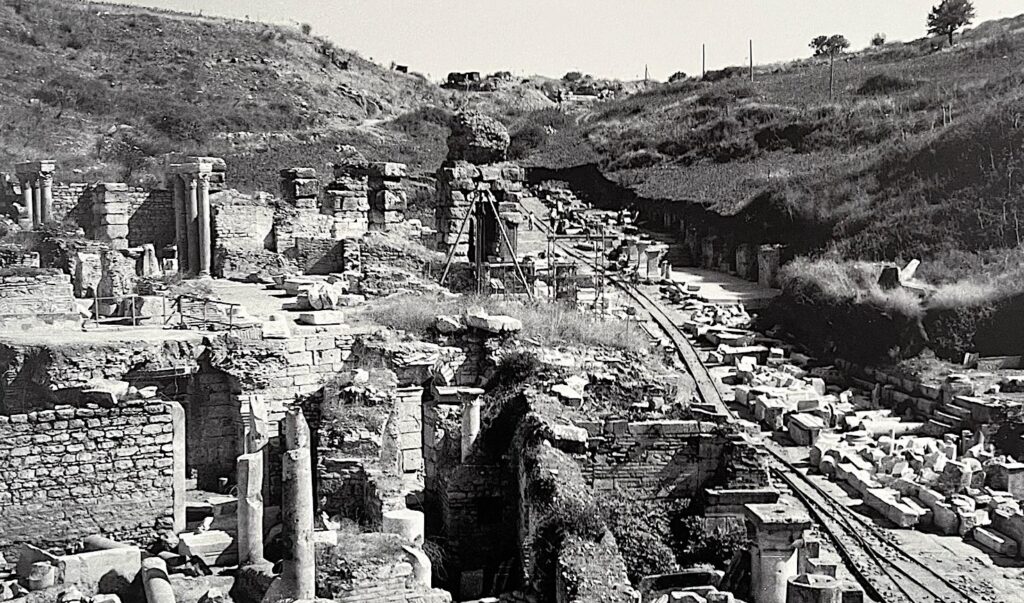
Austrian Navy vessels brought these archaeological gifts back to Vienna, where they were provisionally warehoused and occasionally displayed at the Theseus Temple in the Volksgarten. After many years of keeping the collection in multiple makeshift settings, the Vienna Ephesos Museum finally opened in its present-day form in December 1978 inside the Neue Burg section of the Hofburg complex.
The Statue of Artemis of Ephesus
The Statue of Artemis of Ephesus is among the collection’s most iconic pieces, representing one of the ancient world’s most revered deities. Known as the Ephesian Artemis, this goddess differs significantly from the traditional Greek depiction of Artemis as a huntress. The Ephesian version has a unique appearance, often depicted with rows of bulbous forms across her chest, traditionally interpreted as symbols of fertility, nourishment, and abundance. This statue embodies the syncretism in Ephesus, where local Anatolian beliefs merged with Greek mythology, creating a unique cultic figure worshipped for protection and prosperity.
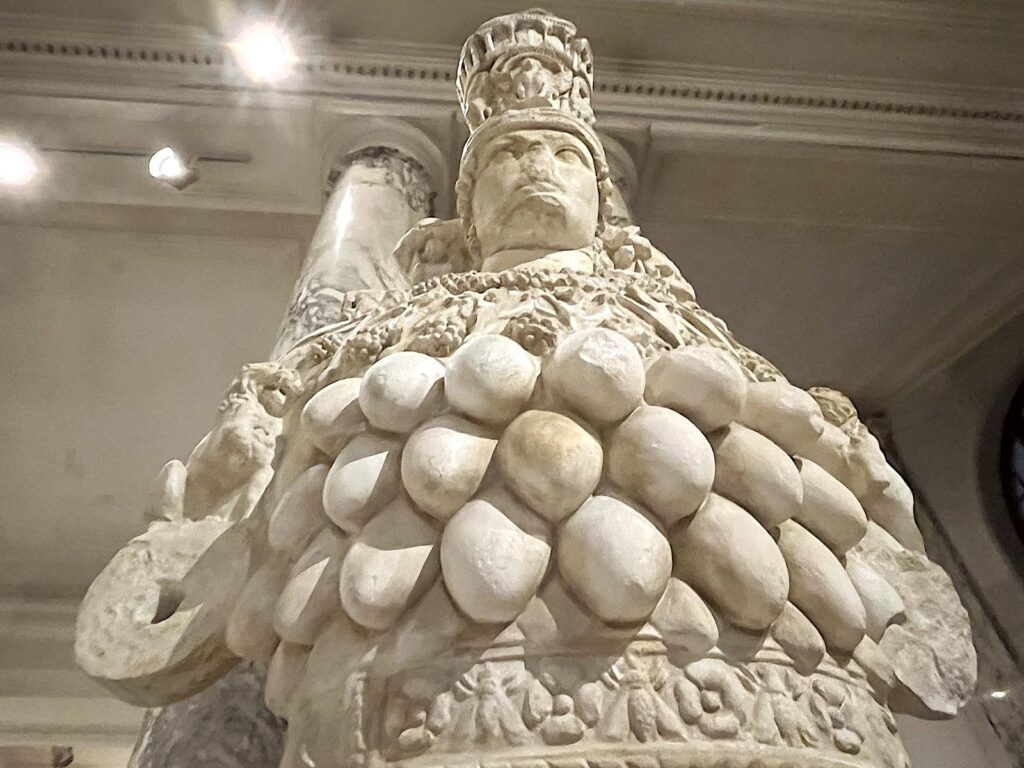
As a goddess associated with the Temple of Artemis (one of the Seven Wonders of the Ancient World), the Ephesian Artemis represents the city’s spiritual and economic power. The temple drew pilgrims, tourists, and merchants, contributing to Ephesus’s status as a thriving hub of ancient commerce and culture. The statue dates from the Roman Imperial period, around the 1st or 2nd century A.D. This statue is a Roman copy of the original Greek-Archaic style, a reinterpretation of much older Anatolian fertility goddess figures. The Ephesian Artemis, with her distinctive multiple-breasted or egg-like symbols on her chest, embodies a fusion of Greco-Roman and Anatolian religious elements, emphasising fertility, abundance, and protection. This Roman-era reproduction would have been placed in a temple or sanctuary to serve the city’s significant population of worshippers and pilgrims.
Bronze Statue of an Athlete
In 1896, at the onset of excavations at Ephesus, Austrian archaeologists made one of their most essential finds: in the corner of the palaestra of the Harbour Gymnasium, they discovered 234 fragments of a broken bronze statue. Only its head and shoulders remained intact, allowing them to identify the type. It depicts an athlete who, after completing his workout in the gymnasium’s palaestra, is shown scraping off sweat, sand and the oil he had slathered himself with a strigil. He runs his left thumb over the (now lost) scraper to clean it. The stylistic details point to a 4th-century B.C. Greek model; though it is considered a Roman 1st-century copy, it stands 192cm tall. Remarkably, few antique bronze statues have survived from this time as most were melted down for their precious material at some later date.

In Vienna, the sculptor Wilhelm Sturm painstakingly re-assembled the fragments, holding them in place with brass strips to create larger pieces that were then mounted on a skeleton made of iron rods before the statue was filled up to the neck with a particular type of cement that provides both stability and filled the remaining gaps. In 1996, a statue of the same kind was discovered in the Adriatic Sea off Croatia (Muzej Apoksiomena, Mali Lošinj). This “twin” is in excellent condition, inviting a direct comparison between the two bronze copies and a re-evaluation of the ancient tradition of copying.
Boy with a Goose Statue (Roman 2nd Century A.D.)
This remarkably realistic 62cm marble statue was reassembled from multiple fragments found in the marble hall in the Harbour Baths at Ephesus. Looking upward, the boy on the floor stretches his right arm and tries to get up. In this failed effort, he rests the weight of his body to the left, whereby he unintentionally pushes his pet Egyptian goose with his left hand to the ground while he stretches his right hand upwards as if seeking help. There are ancient records of a similar 3rd-century B.C. bronze statue in the sanctuary of Asclepius on the Greek island of Kos, suggesting they may have been the model for this marble statue; the bronze has been attributed to Boethus of Chalcedon.
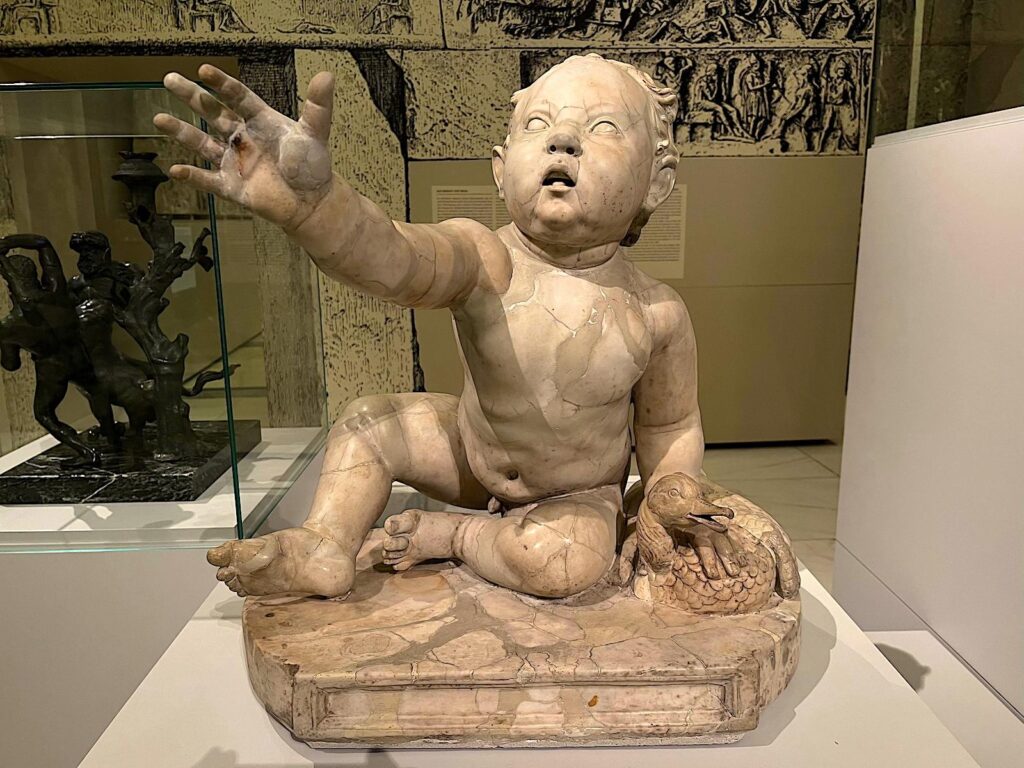
Requests for Repatriation of Artefacts from the Collection
The export of antiquities from Turkey was generally banned with the proclamation of the Turkish Antiquities Law of 1907; consequently, Vienna was to receive no more such finds. .Tūrkiye authorities have made several requests to repatriate artefacts from the Ephesos collection, including items held in Vienna. Tūrkiye has been increasingly proactive in seeking the return of cultural heritage artefacts removed during the Ottoman period or under colonial circumstances over the past few decades. The Turkish government argues that significant artefacts from Ephesus, such as sculptures, architectural pieces, and religious icons like the Statue of Artemis, are integral to the cultural heritage of modern-day Tūrkiye and belong within the context of their origin.
The Austrian Ephesos collection, which includes pieces taken out of Ephesus under agreements with the Ottoman Empire, is among the collections Tūrkiye has sought to repatriate. In recent years, Turkey has intensified its efforts by leveraging diplomatic channels, engaging in cultural diplomacy, and, in some cases, pursuing legal actions or international campaigns to recover artefacts from museums worldwide.


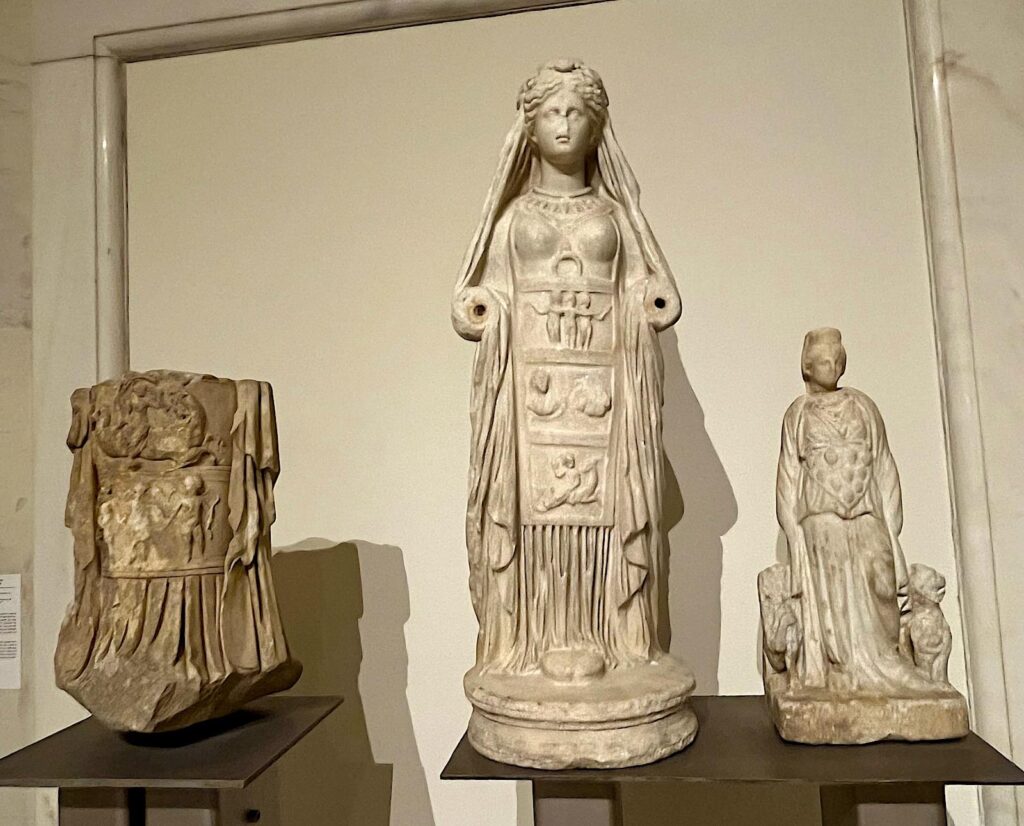
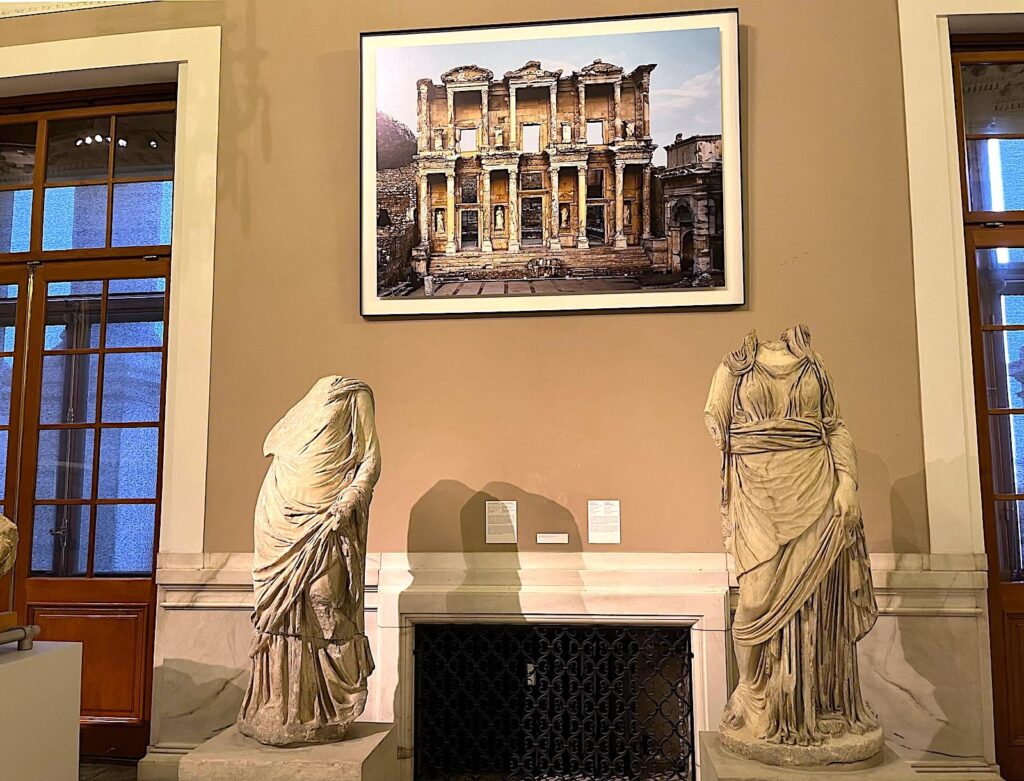
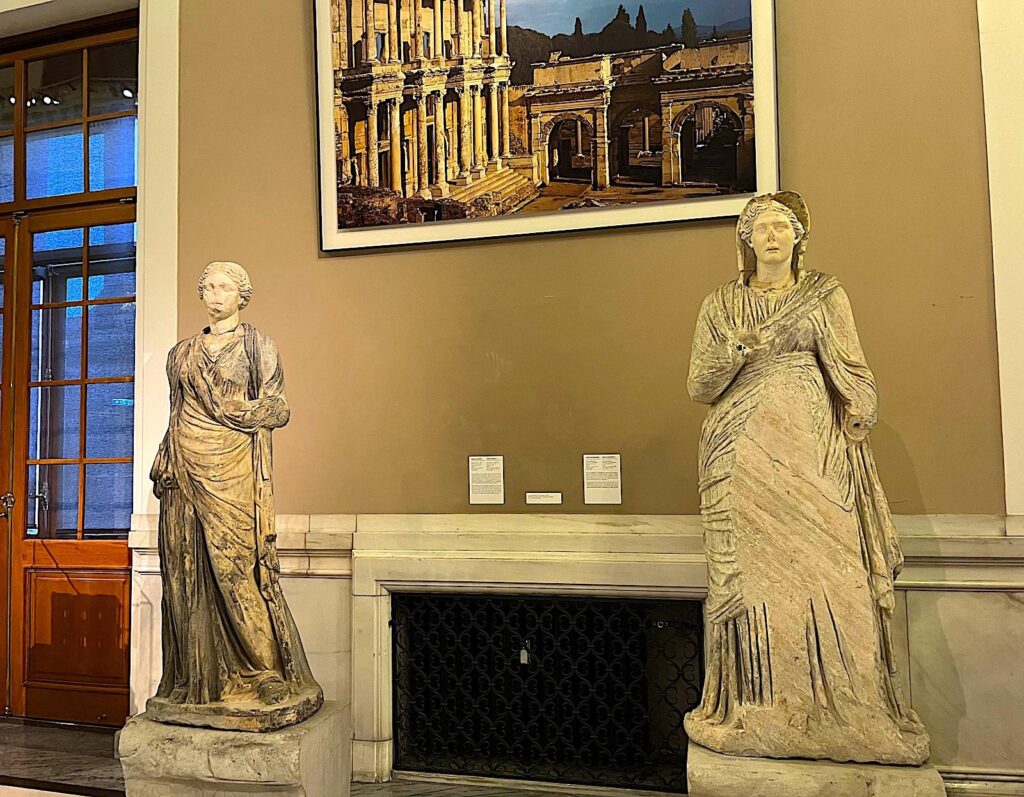
While Austria has acknowledged Tūrkiye’s interest in certain pieces, it has not returned the Ephesos artefacts. One of the challenges is that the initial agreement permitting Austrian archaeologists to excavate Ephesus and take some artefacts to Vienna was formally approved by the Ottoman authorities, making the legal basis for repatriation more complex. Both countries continue to collaborate on archaeological projects and academic research related to Ephesus, maintaining a working relationship that balances Tūrkiye’s repatriation interests with Austria’s long-standing role in the site’s excavation and study.
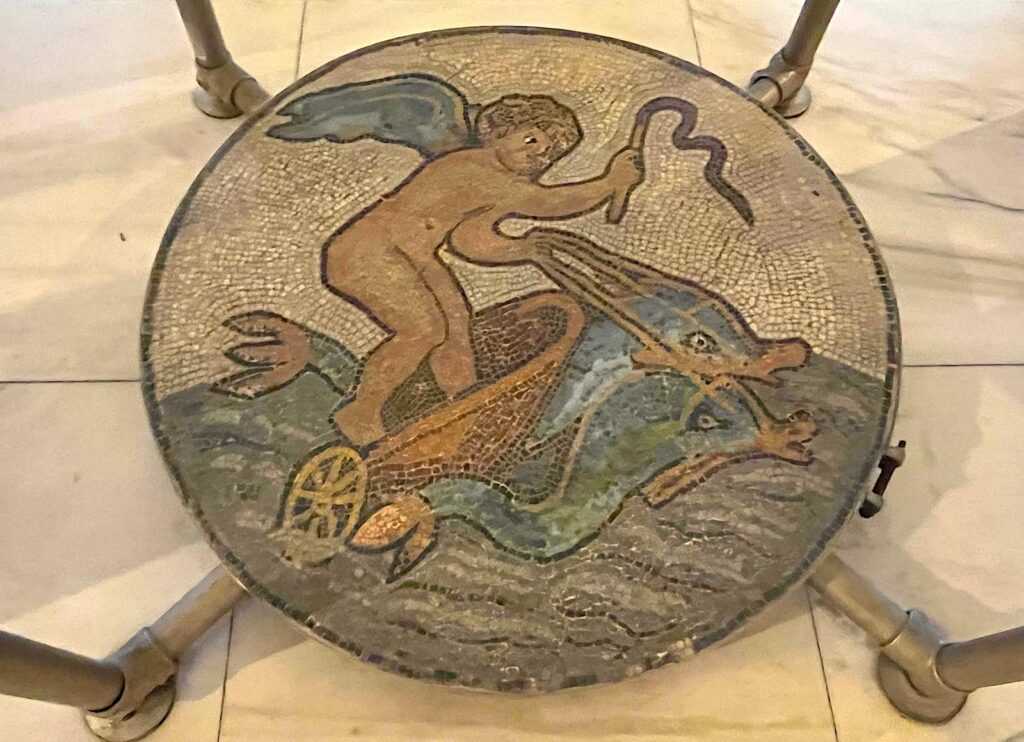
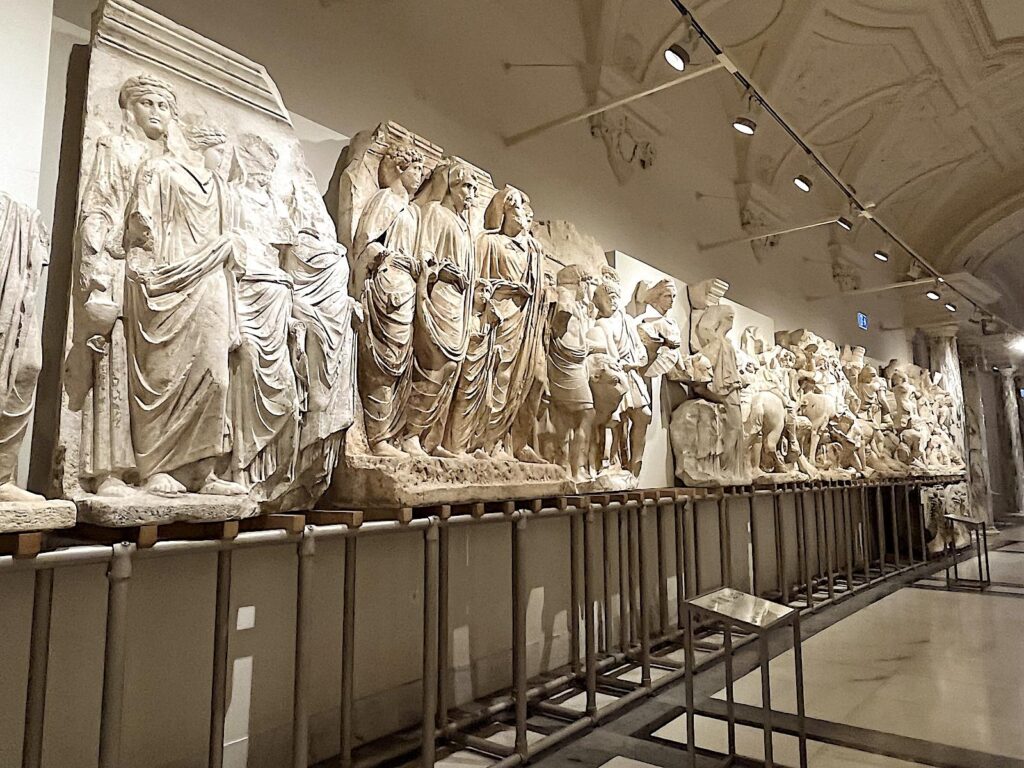
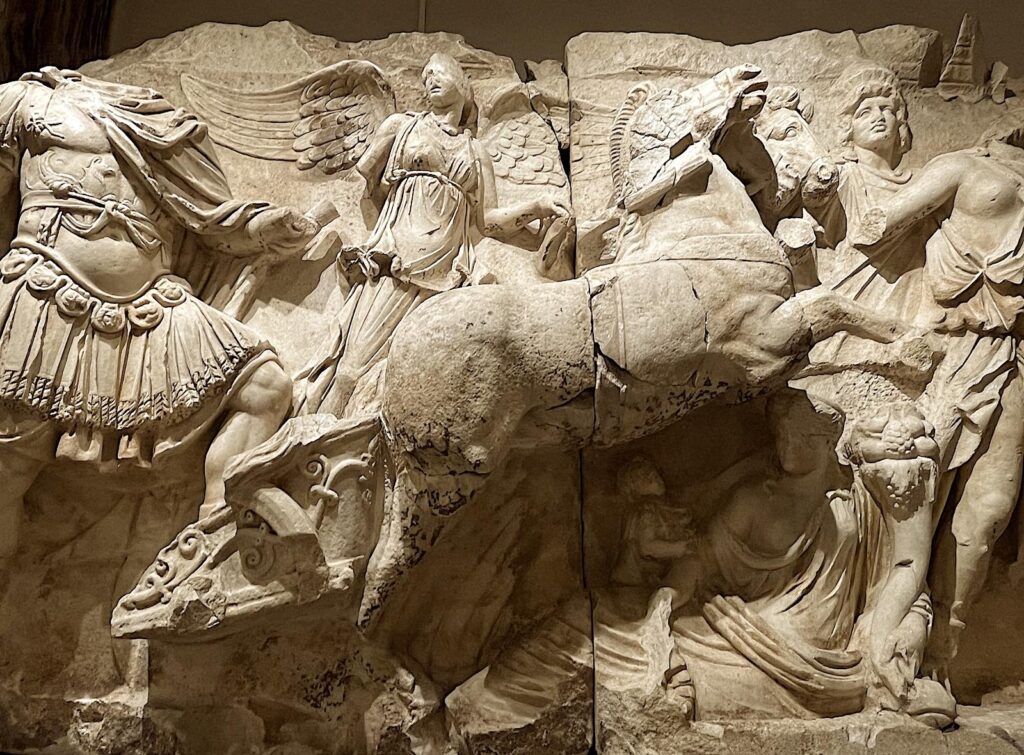
This ongoing dialogue reflects the broader global discussion about the ethics of artefact ownership, cultural heritage, and the importance of returning artefacts to their countries of origin.
Social Media on the Ephesos Collection in Vienna
Turkish Archaeological News – The Treasures of Ephesus in the Ephesos Museum in Vienna (English Website)
Kunsthistorisches Museum Vienna – Ephesos Museum Collection English Website
LikeCesme.com – Ephesus Ancient City
LikeCesme.com – Seven Churches of Revelation
